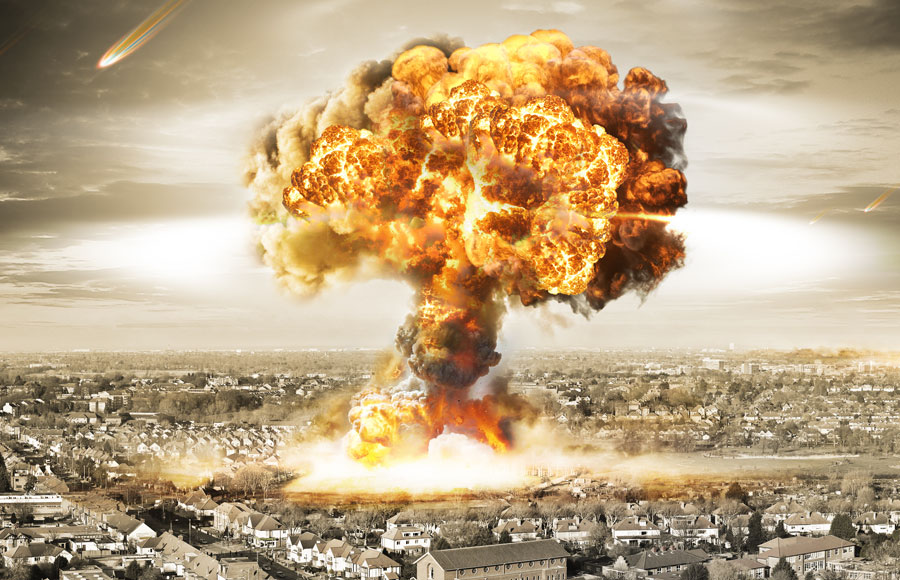
WASHINGTON, D.C. – Illustrating the increased tensions between the East and West in regards to Russia’s invasion of Ukraine, Russian President Vladimir Putin ordered his country’s nuclear deterrent forces on Sunday to be put on alert in response to what he has termed “aggressive statements” by leading NATO powers and hard-hitting financial sanctions imposed by the United States and European nations, including against Putin himself.
Putin has thus ordered Russia’s nuclear arsenal to be readied for potential launch, raising the sinister specter of nuclear war, however unlikely that possibility may be due to its globally catastrophic potential. Russian and Ukrainian delegations, however, are exploring meeting at the Ukraine’s border to hold talks that world leaders hope can lead to a ceasefire.
Nonetheless, Putin’s actions have ignited fears of a potential World War III, and in response the Federal Emergency Management Agency (FEMA) has released updated guidelines for “How to Stay Safe in the Event of a Nuclear Explosion,” a checklist of what to do before, during, and after such an event to increase your odds of survival.
In addition, FEMA’s website includes an article that serves as an expanded version of this checklist. Last updated on February 22, 2022, the article now includes directions on how to mitigate the potential spread of COVID-19 while in hiding in whatever makeshift shelter you’re using after a nuke goes off in your vicinity… provided you survived the initial blast, that is.
“Go to the basement or middle of the building. Stay away from the outer walls and roof,” FEMA’s website says. “Try to maintain a distance of at least six feet between yourself and people who are not part of your household. If possible, wear a mask if you’re sheltering with people who are not a part of your household. Children under two years old, people who have trouble breathing, and those who are unable to remove masks on their own should not wear them.”
The article also includes directions on what to do if you think you may have contracted COVID-19 while the bombs are dropping – in addition to how to cleanse yourself of atomic fallout – and warns you that if you’re already stressed about having caught COVID, those nuclear explosions happening outside your door aren’t really going to do much to help you to relax, either.
“If you are experiencing a medical emergency, call 9-1-1 and let the operator know if you have, or think you might have, COVID-19. If you can, put on a mask before help arrives,” the article says. “Many people may already feel fear and anxiety about the coronavirus 2019 (COVID-19). The threat of a nuclear explosion can add additional stress. Follow CDC guidance for managing stress during a traumatic event and managing stress during COVID-19.”



Comments are closed.